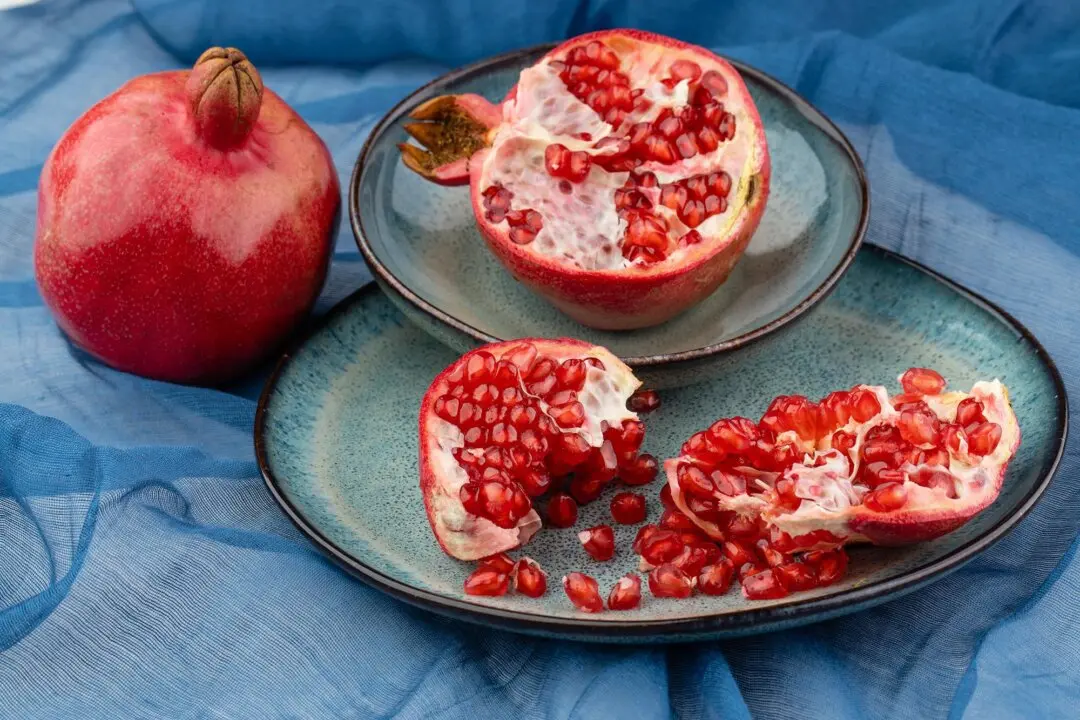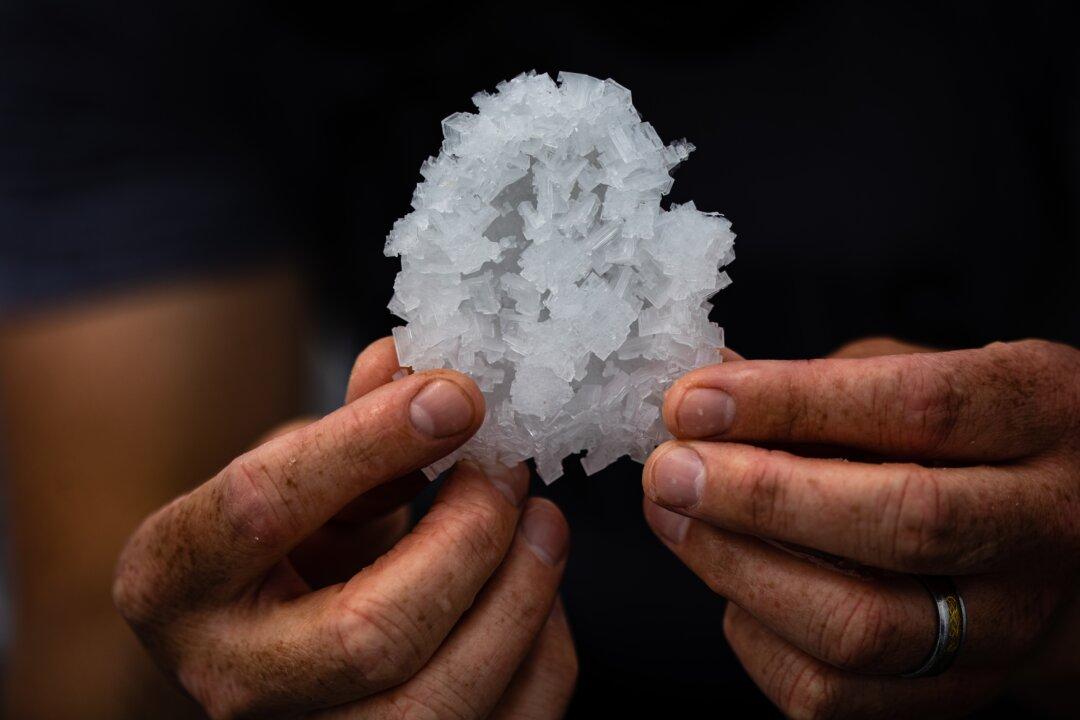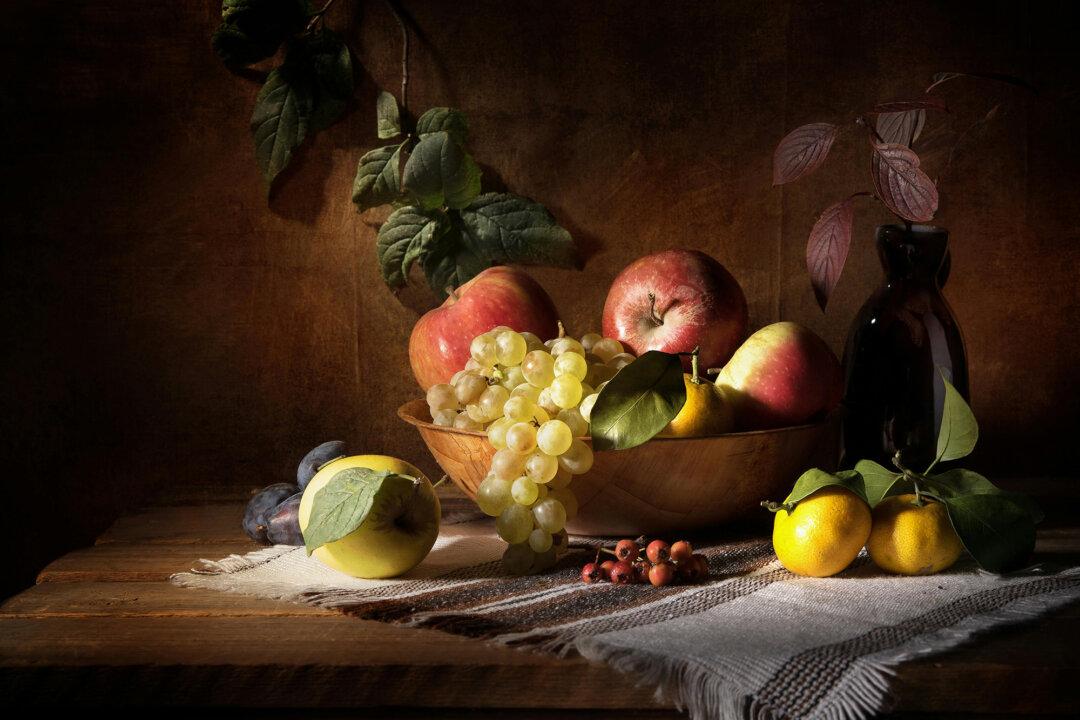I grow some of the world’s best garlic—just ask my family, friends, and neighbors. But this year, I almost produced the world’s best moldy garlic. My supposedly cured bulbs were covered in powdery, indigo spots, like toadstools. Shake the box and a light spray of dust (spores?) rose.
Yikes.





